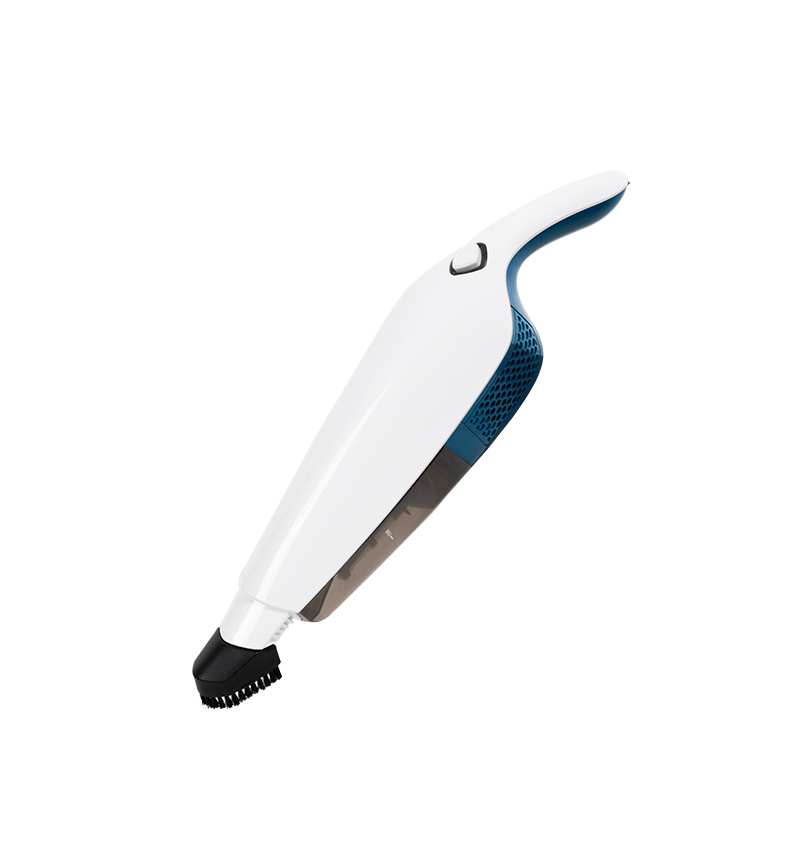Stick-style cordless vacuum cleaners vary in several key aspects, influencing their usability, performance, and suitability for different cleaning needs. Here's a breakdown of the primary differences:
1. Design and Weight
Lightweight vs. Heavyweight Models: Some stick vacuums are designed for portability and quick cleanups, while others may be heavier due to larger batteries or more powerful motors.
Ergonomics: Differences in handle design, grip comfort, and weight distribution can significantly impact ease of use, especially for extended cleaning sessions.
2. Battery Life and Charging
Battery Capacity: Higher-capacity batteries provide longer runtimes, with premium models offering up to 60–90 minutes on low power settings.
Charging Time: Some models feature fast-charging batteries, while others may take several hours to recharge.
Swappable Batteries: Certain vacuums come with removable batteries, allowing you to extend cleaning time by swapping in a charged battery.
3. Suction Power
Motor Power: Higher-end models typically have more powerful motors, providing stronger suction for deep-cleaning carpets and removing embedded dirt.
Variable Settings: Many stick vacuums offer multiple power modes (e.g., low, medium, turbo) to balance performance and battery life.
4. Dustbin Capacity
Compact vs. Large Bins: Smaller dustbins are easier to handle but require frequent emptying, whereas larger bins are more convenient for cleaning larger spaces without interruptions.
Emptying Mechanism: Models differ in how dustbins are emptied, with options like push-button releases or bagless designs to minimize mess.

5. Filtration System
HEPA Filters: Some stick vacuums include HEPA-certified filters to trap fine particles like allergens, making them ideal for allergy sufferers.
Washable vs. Replaceable Filters: Washable filters are cost-effective, while replaceable ones may provide higher filtration efficiency.
6. Attachments and Accessories
Versatility: Higher-end models often include a variety of tools, such as motorized brush heads, crevice tools, or upholstery brushes, for different cleaning tasks.
Pet-Friendly Options: Specialized attachments for pet hair are included in some models, making them more suitable for pet owners.
7. Surface Cleaning Capability
Hard Floor vs. Carpet Performance: Some models are optimized for hard floors with soft roller heads, while others excel on carpets with motorized bristle brushes.
Multi-Surface Options: Advanced models can seamlessly transition between different floor types.
8. Noise Level
Quieter Models: Certain stick vacuums are designed with noise reduction technology, making them more suitable for use in noise-sensitive environments.
9. Storage and Portability
Wall-Mounted Storage: Many models come with docking stations or wall mounts for easy storage.
Collapsible Handles: Some vacuums have foldable designs, making them compact for storage in small spaces.
10. Smart Features
LED Lights: Some models have built-in lights on the brush head to illuminate dirt in dark areas.
Sensors and App Connectivity: Premium vacuums may include sensors to optimize suction or app connectivity for tracking performance and battery life.
11. Price Range
Budget-Friendly Options: Lower-cost models typically focus on basic cleaning tasks and offer fewer features.
Premium Models: High-end vacuums include advanced features like stronger suction, longer battery life, and a wider range of attachments.
12. Build Quality and Durability
Material Strength: Models vary in their construction, with premium options often featuring more durable materials and reinforced designs for heavy use.
Warranty: Length and terms of warranties can differ, reflecting the manufacturer’s confidence in their product’s durability.


 中文简体
中文简体

















